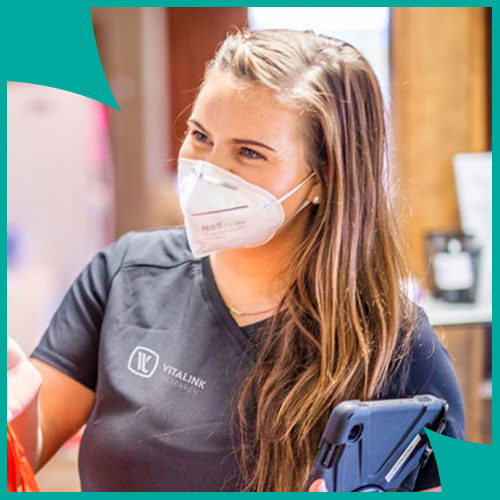Let’s face it: Great creative work often gets derailed because a key stakeholder who you’ve never met doesn’t get it or just really never liked the color orange. I’m not talking about agencies pushing self-indulgent conceptual flourishes that feed our own egos and win us awards. I’m talking about bold creative concepts that your best research and expertise tell you will indeed support your client’s goals — if only your client’s stakeholders will believe in them enough to step outside their comfort zones.
In almost any organization, there are layers of decision-makers with the power to veto your ideas. However, you often won’t be in the meetings where your concepts are presented to these stakeholders, and you’re likely not even the best person to present them. It’s all on your client to present your work, explain your thinking and make the case for why they should approve it.
Preparing your clients to sell your concepts is the difference between getting 80%-90% of your best, boldest ideas approved and getting only 50% of them approved. Here’s how my agency gets the green light from stakeholders for our most daring approaches.
Know Your Audiences
My agency did a rebrand and new digital experience platform (DXP) for an agricultural, state-funded college founded in 1908 in Georgia. Our client was the college’s CIO. After interviewing key stakeholders during discovery, we knew we had to celebrate the college’s long history while evolving its brand to work better in the digital age. So we visited the archives in the school’s library, scanning yearbooks, farmer’s guides from the ’40s, and newspapers from throughout the college’s history.
To prepare the CIO to present the new brand, we developed a presentation deck that included some of the scanned archival material and talking points explaining how the college’s history had inspired the new brand. For example, the new font was ADA-compliant, legible at small sizes, and had a flexible web font available. But we pointed out that it was created the same year as the college, and we included scans of century-old print materials that had used it.
Takeaways:
Identify all stakeholders who will influence the decision. Ask your client who else in the organization’s hierarchy will weigh in on the final decision. Ask also if there is a broader community whose opinions will be influential.
Include them in the discovery process. Invite those stakeholders into your initial discovery workshops or interview them. Ask about their goals, values and priorities.
Genuinely reflect their opinions in the work. You already create work to connect with target audiences. Treat stakeholders as additional audiences, creating work that they’ll connect with too.
Help Them See What You See
When the general manager of a residential resort came to us for a rebrand, we included the homeowner’s association (HOA) in our discovery workshops. We asked for their input and got their buy-in on the long-term goals the new brand would support.
As the time approached for the general manager to present the new brand, we sent a photographer to capture beautiful images of the community, including all existing signage. We edited these photos to show how the proposed new brand would actually look in their community, then included them in a presentation deck with talking points that referenced the goals they had agreed upon.
Takeaways:
Go the extra mile with mock-ups. As creative professionals, we’re good at imagining experiences we haven’t yet created. Stakeholders may need help to do the same. Equip your client with mock-ups that bring the proposed experience to life.
Tell them how you applied their ideas. Stakeholders may not see how their ideas are reflected in your work. Prepare your client to make it clear. “In the workshop, you said you wanted our new brand to _____, and that’s why the agency chose _____.”
Rehearse And Keep It Real
As I write this, we just launched a major rebrand of a Jewish music festival. The organization had expanded its mission to include the intersection of Jewish music and culture with the other music and cultures of the South. The executive director wanted a new name and brand to reflect this.
However, the organization’s fiscal stability relied on legacy donors who had supported the organization as they knew it for more than a decade. The new brand couldn’t alienate these supporters. Donors wouldn’t be sold by promises of better SERP rankings and conversion rates. Their motivations were emotional, so we prepared the executive director to tell a stirring story about the history of the organization and how they were passing the torch to this new generation.
We had him practice presenting to us, and we took note of where he seemed most at ease. For points that seemed harder for him to present, we didn’t coach him. Instead, we revised until they flowed naturally from his authentic enthusiasm.
Takeaways:
Keep it real. Your clients will present most effectively when they’re genuinely passionate about what they’re saying. Build their presentation around their authentic enthusiasm, not what’s most interesting to you.
Rehearse and revise. Ask your clients to practice presenting your work to your team. They’ll feel more at ease when they present to their stakeholders, and you’ll be able to identify which ideas they can present with authenticity and ease. Edit out anything that sounds forced or false in rehearsal.
The Satisfaction Of Doing Your Best Work
As creative professionals, we want more than to trade design and development for dollars. Most of us want to serve our clients well with our best ideas, and we take great pride in those projects where clients let us do our very best work. Bank deposits don’t make up for the disappointment of good ideas denied approval in favor of mediocre alternatives.
So if you want to feel that satisfaction more often in a creative profession, don’t complain about the stakeholders who “just don’t get it.” Help them see your vision by preparing your clients to sell.












